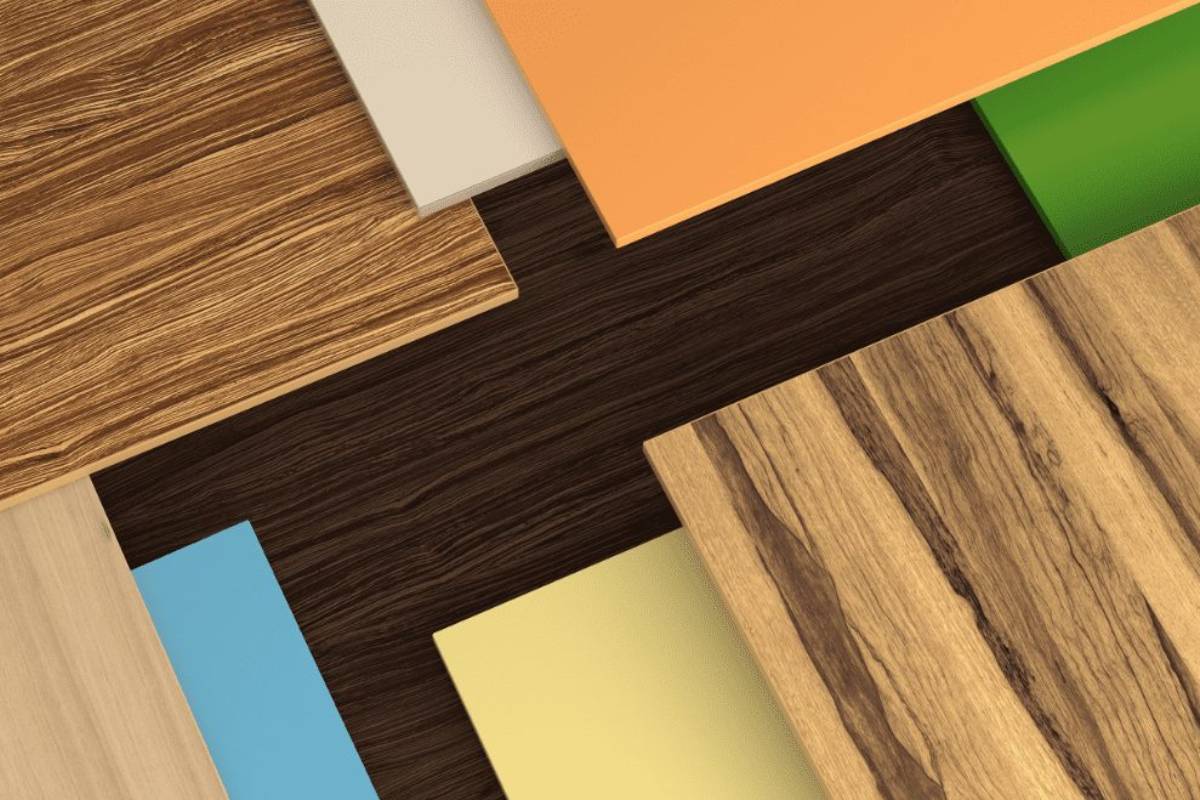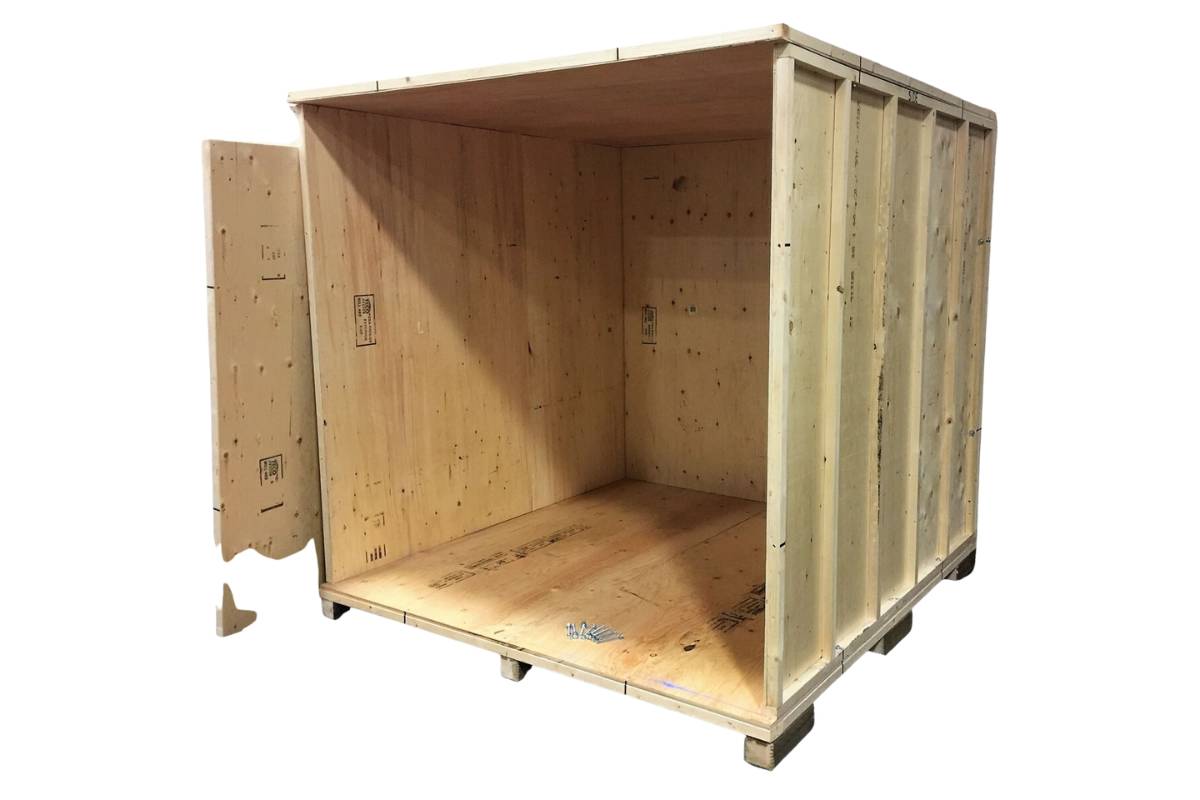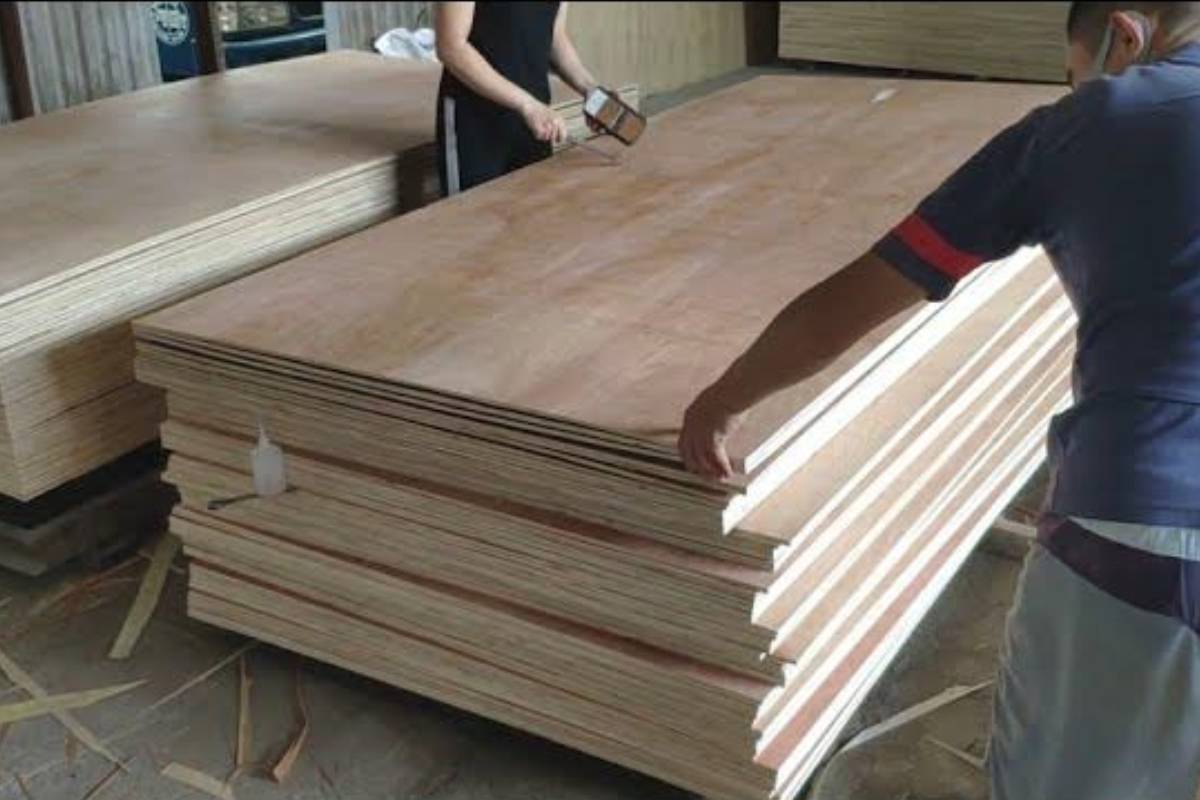-
-
-
Total payment:
-

How to identify high-quality packaging plywood
Posted by Kiều Trang at 25/11/2024
Packaging plywood plays a crucial role in protecting goods during transportation and storage. However, to ensure the safety of the products, selecting high-quality plywood is essential. So, how can you identify high-quality packaging plywood? Let's explore the key factors that help you choose the best product.
1. Color and surface quality
One of the first ways to identify quality plywood is by observing its color and surface. High-quality plywood will have a uniform color, without any blotches or visible cracks. The surface should be smooth, flat, and free of defects such as bumps, warping, or cracks. If the surface is uneven, it could indicate the use of poor materials or substandard production processes.

2. Thickness and durability
The thickness of the plywood is important because it determines its ability to withstand pressure and protect the goods. High-quality plywood usually has a consistent thickness and does not warp after being pressed. To test this, you can gently bend the plywood—if it easily bends or shows signs of cracking, it could be a sign of poor quality.

3. Structural stability
High-quality plywood will have stable structure, not expanding or warping when exposed to changes in temperature or humidity. When checking for structural stability, pay attention to the evenness of the layers. Quality plywood will have uniform layers that are bonded tightly together, with no delamination or distortion.

4. Resistance to termites and moisture
One of the crucial factors in evaluating the quality of packaging plywood is its resistance to termites and moisture. High-quality plywood undergoes treatments to prevent termite infestation and moisture damage. You can check the moisture level by feeling the surface—if it feels damp or soft, it could indicate poor-quality plywood. Good plywood will be dry, firm, and resistant to rotting or degradation.

5. Checking quality standards
One of the most reliable ways to identify high-quality plywood is by checking for quality certifications. Good plywood is usually manufactured according to international standards like ISO, FSC (Forest Stewardship Council), or environmental health standards such as E1 or E0. These certifications ensure that the plywood not only meets quality standards but is also safe for use and environmentally friendly.

6. Load-bearing ability
High-quality packaging plywood should have a good load-bearing capacity, without cracking or deforming under heavy pressure. You can test this by placing a heavy object on the plywood to check its strength. Quality plywood will not warp or break under significant weight. For thinner plywood, this factor is particularly important in ensuring that products are not damaged during transportation.

7. Chemical odor
An often-overlooked factor in evaluating plywood quality is the odor. Poor-quality plywood often contains high levels of harmful chemicals like formaldehyde. A strong, unpleasant chemical smell can indicate that the plywood is substandard or unsafe. High-quality plywood will have a mild or no odor at all.

Choosing high-quality packaging plywood will better protect your goods during transportation and storage. By checking the color, thickness, structural stability, resistance to termites and moisture, as well as quality certifications, you can easily identify top-tier products. Remember that selecting quality plywood not only ensures the safety of your goods but also adds value to your brand's reputation.
Tags :
Quality Packaging Plywood










